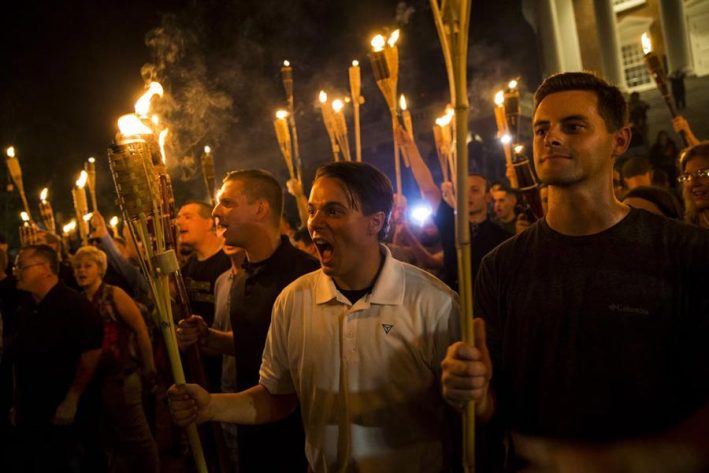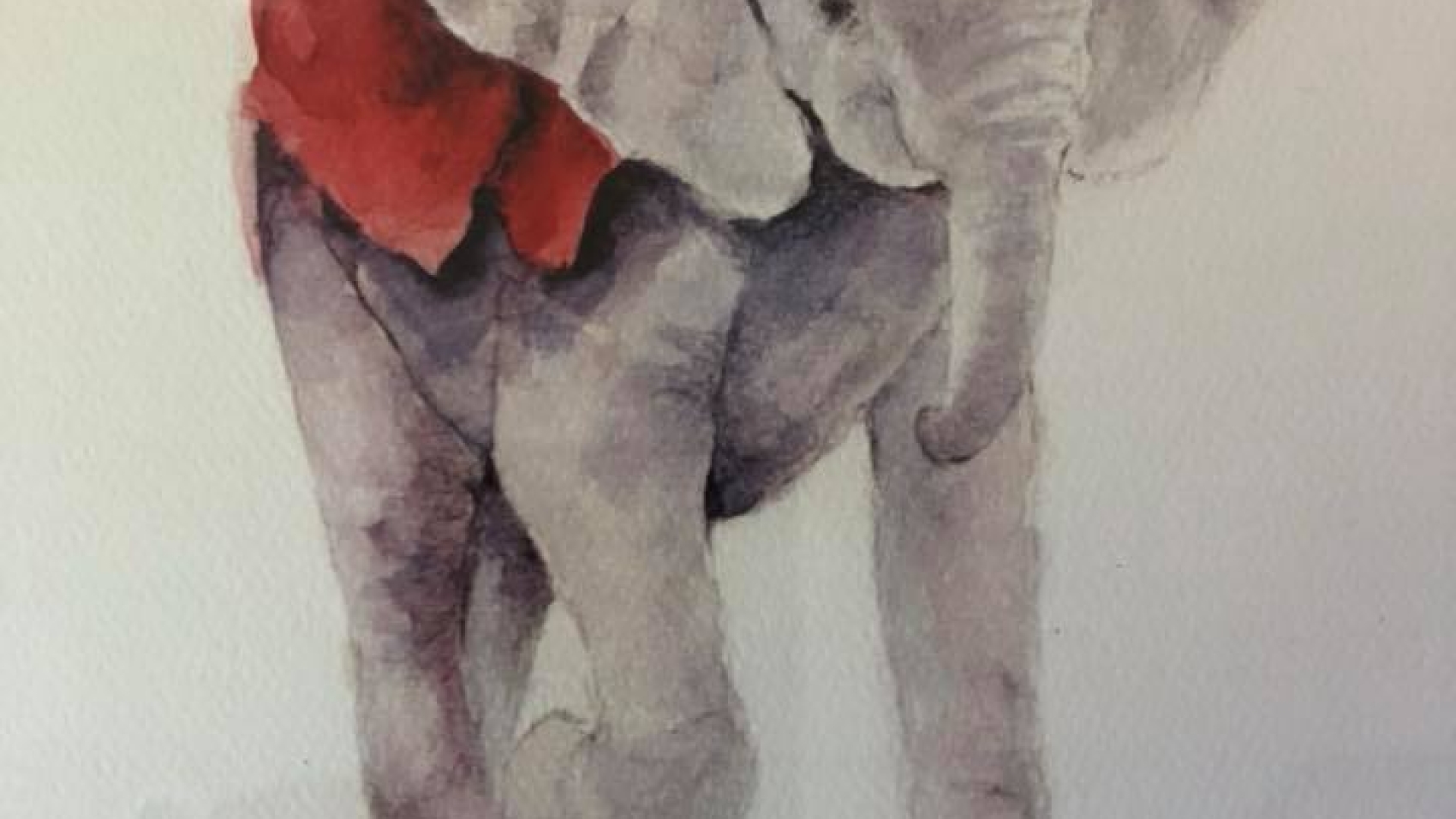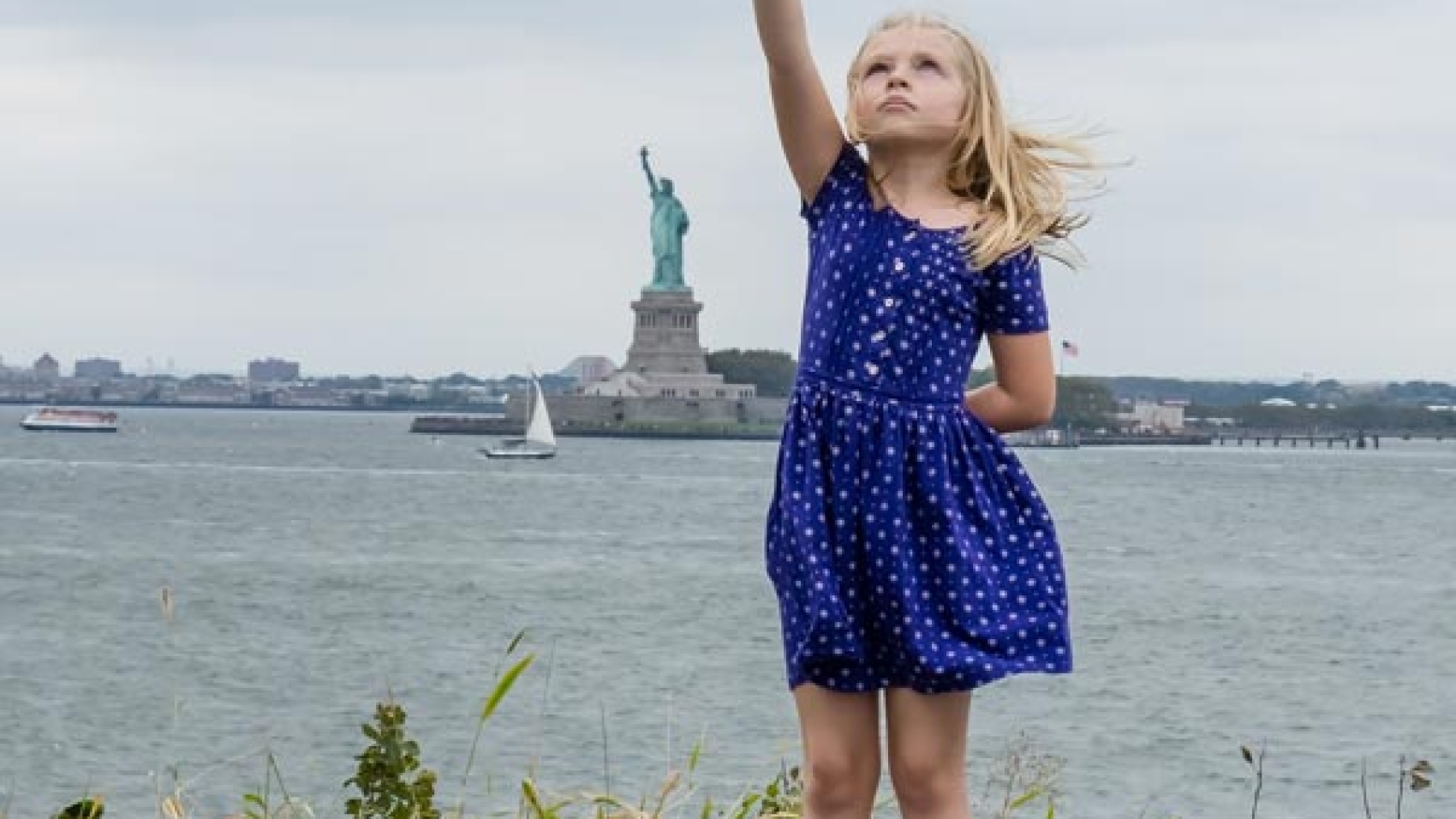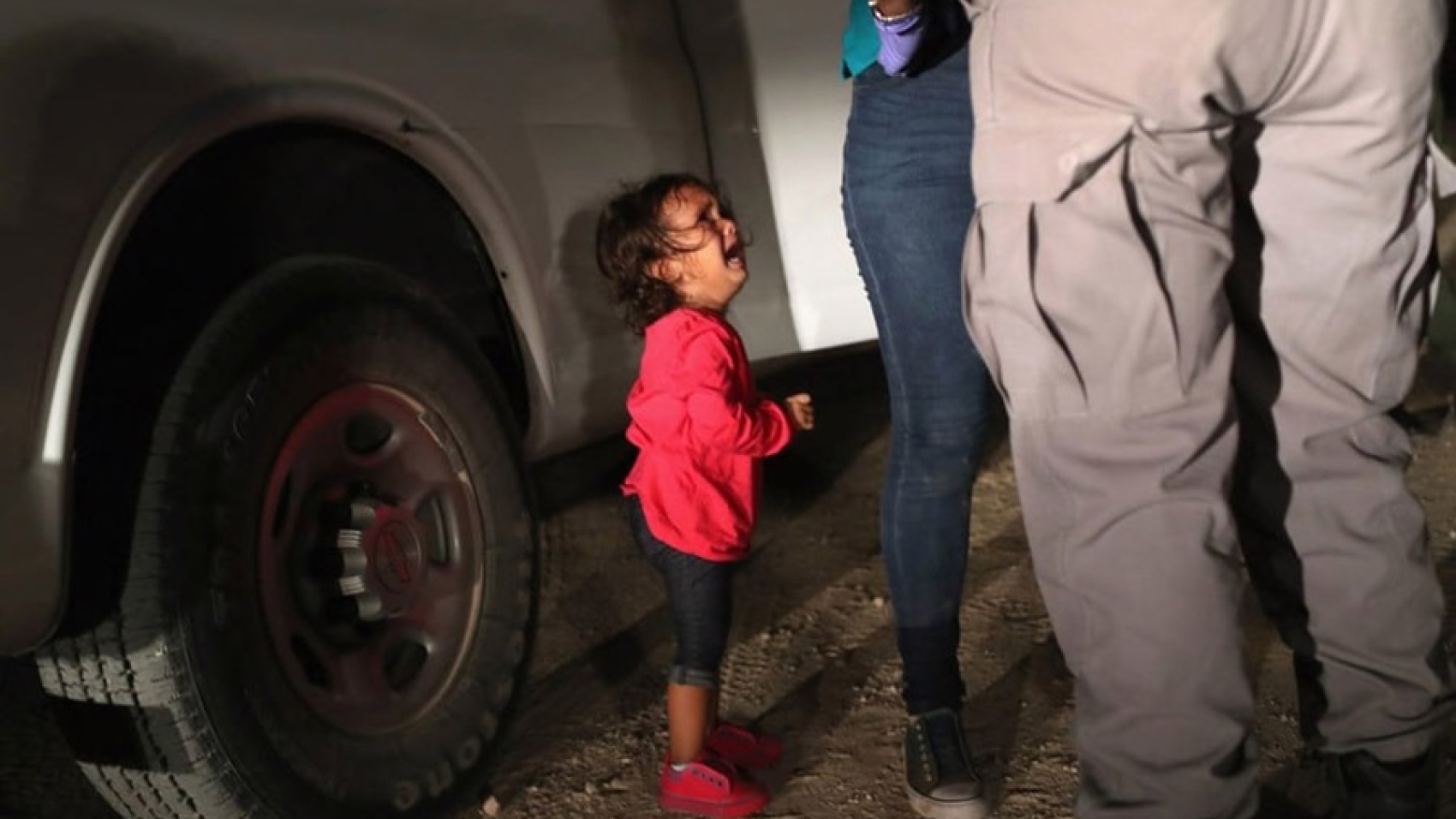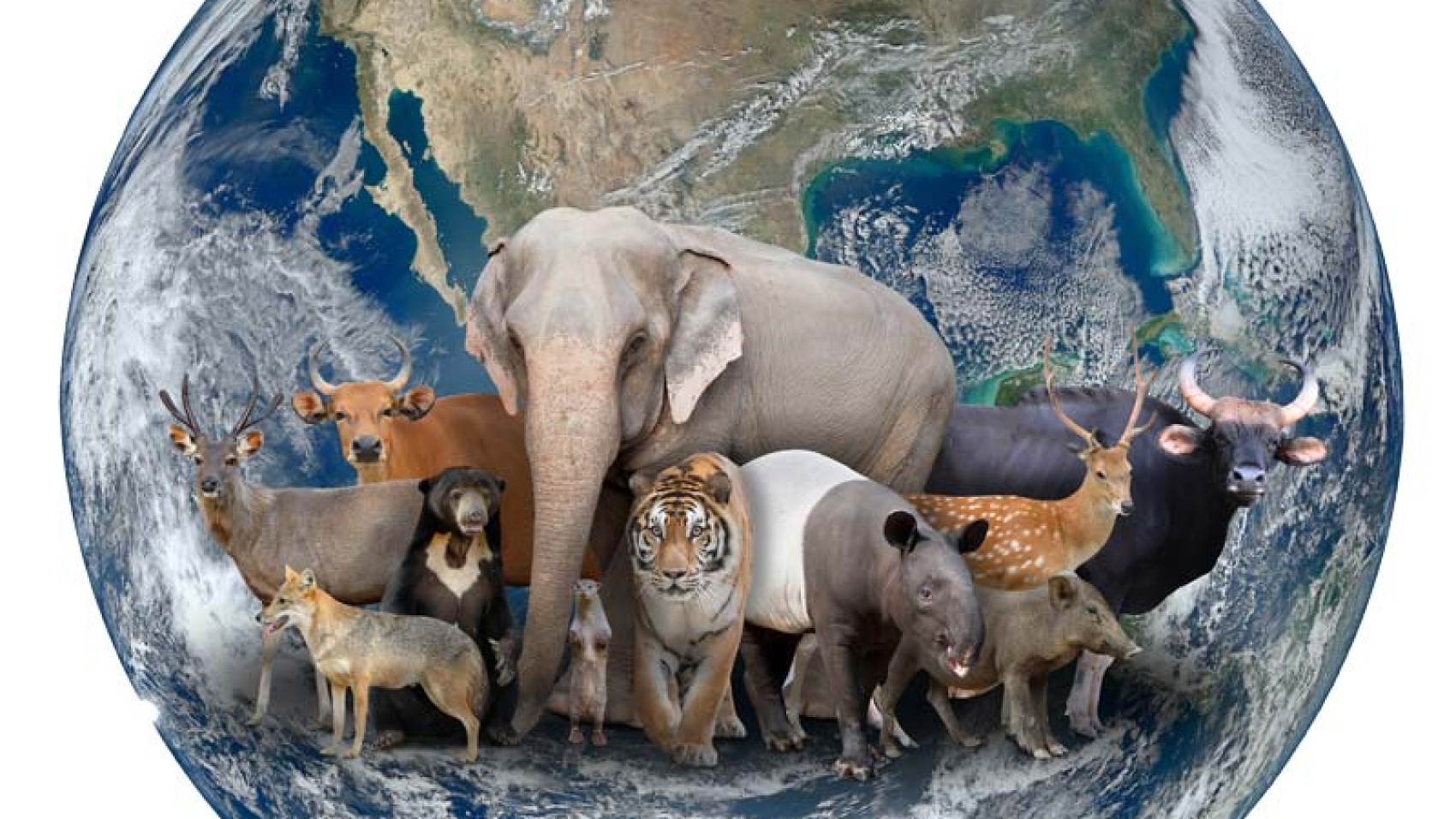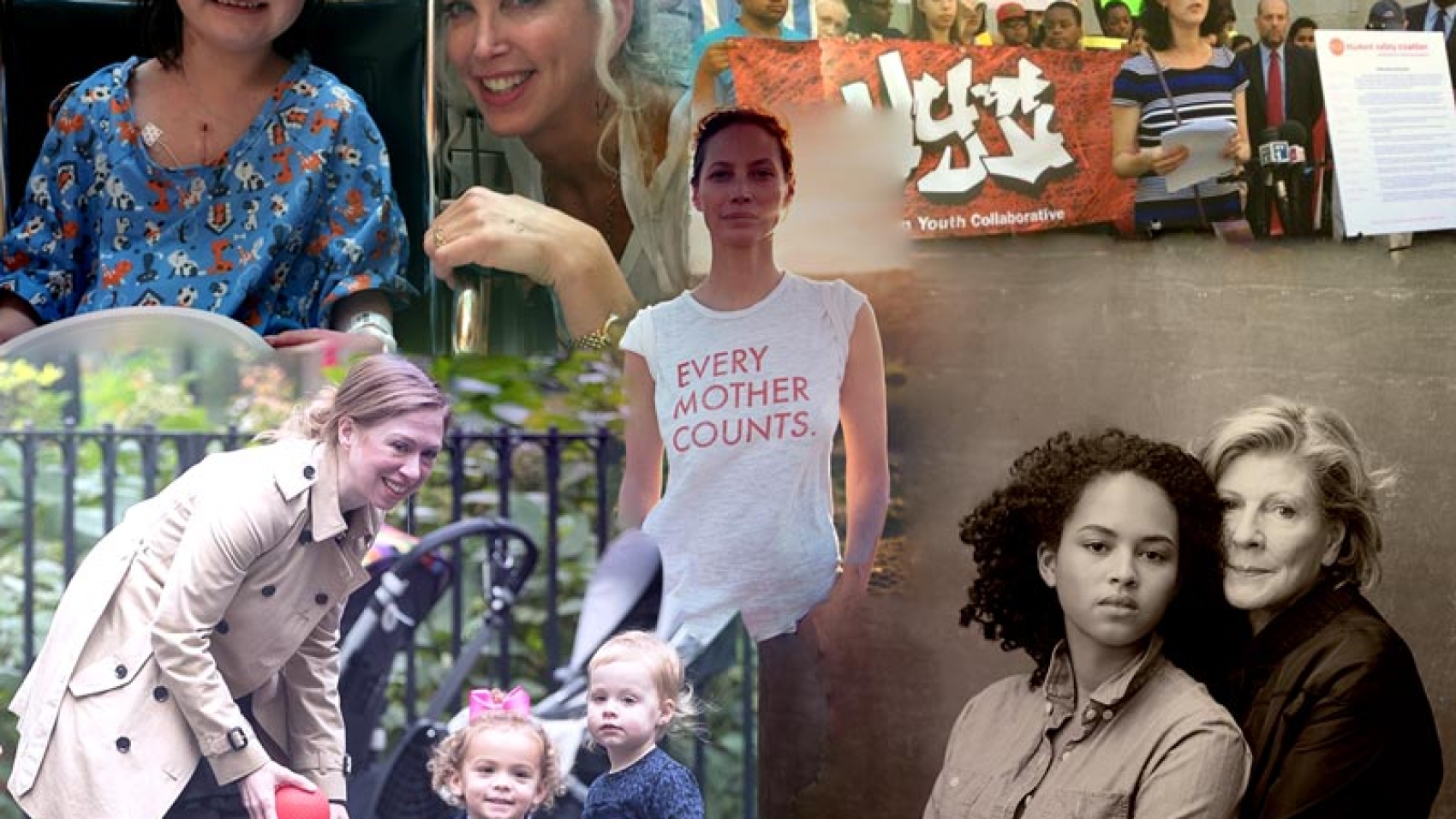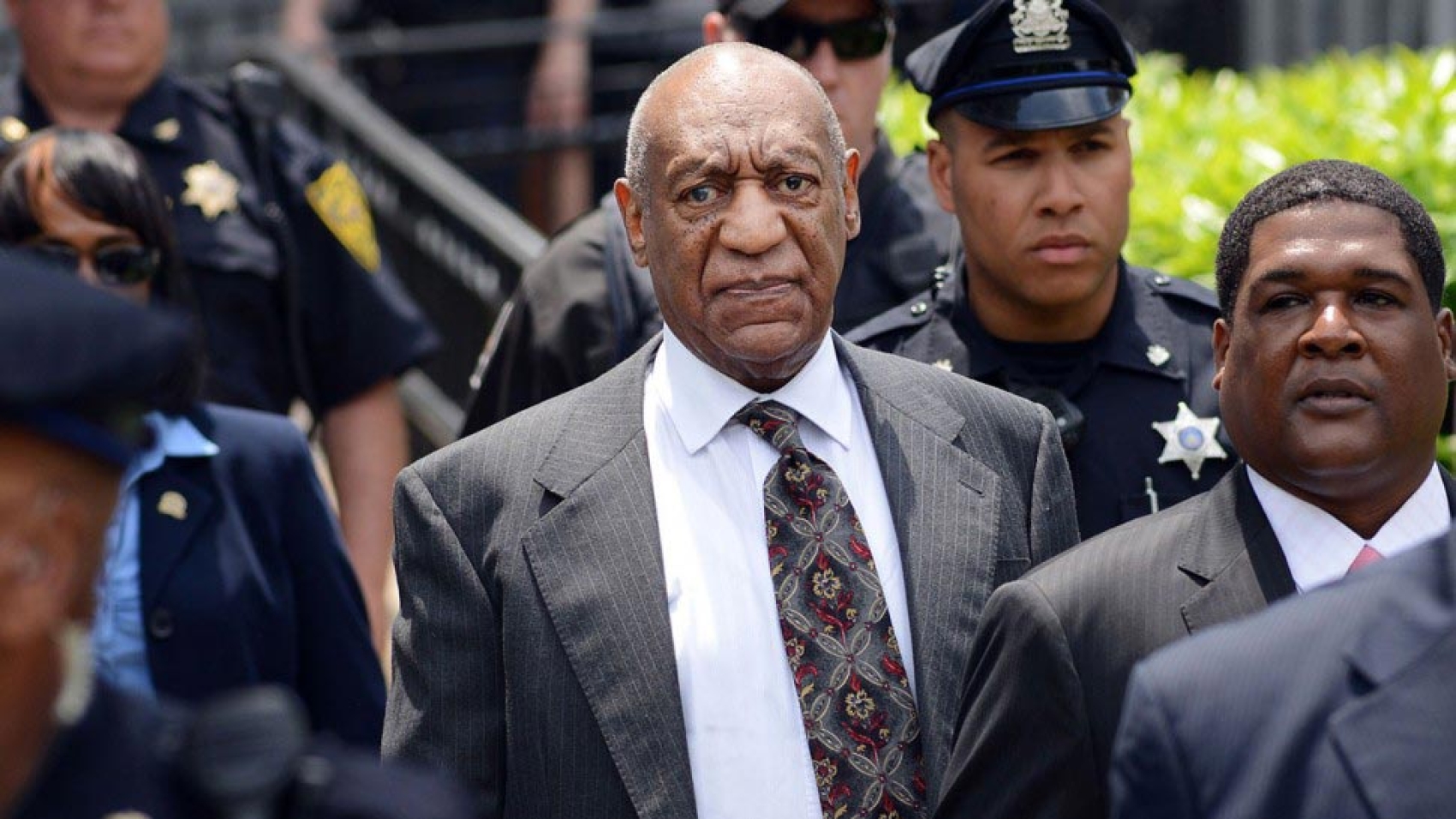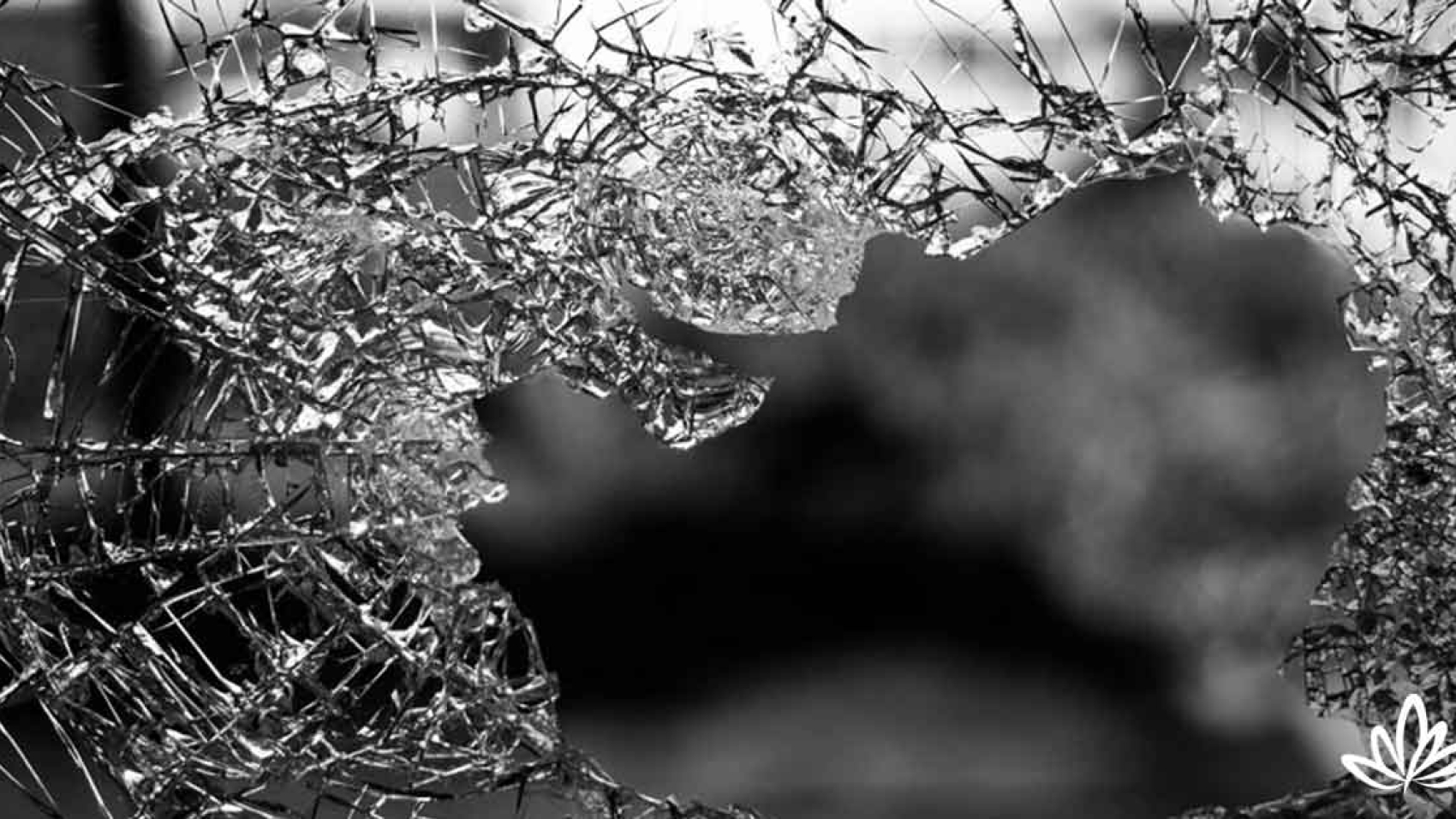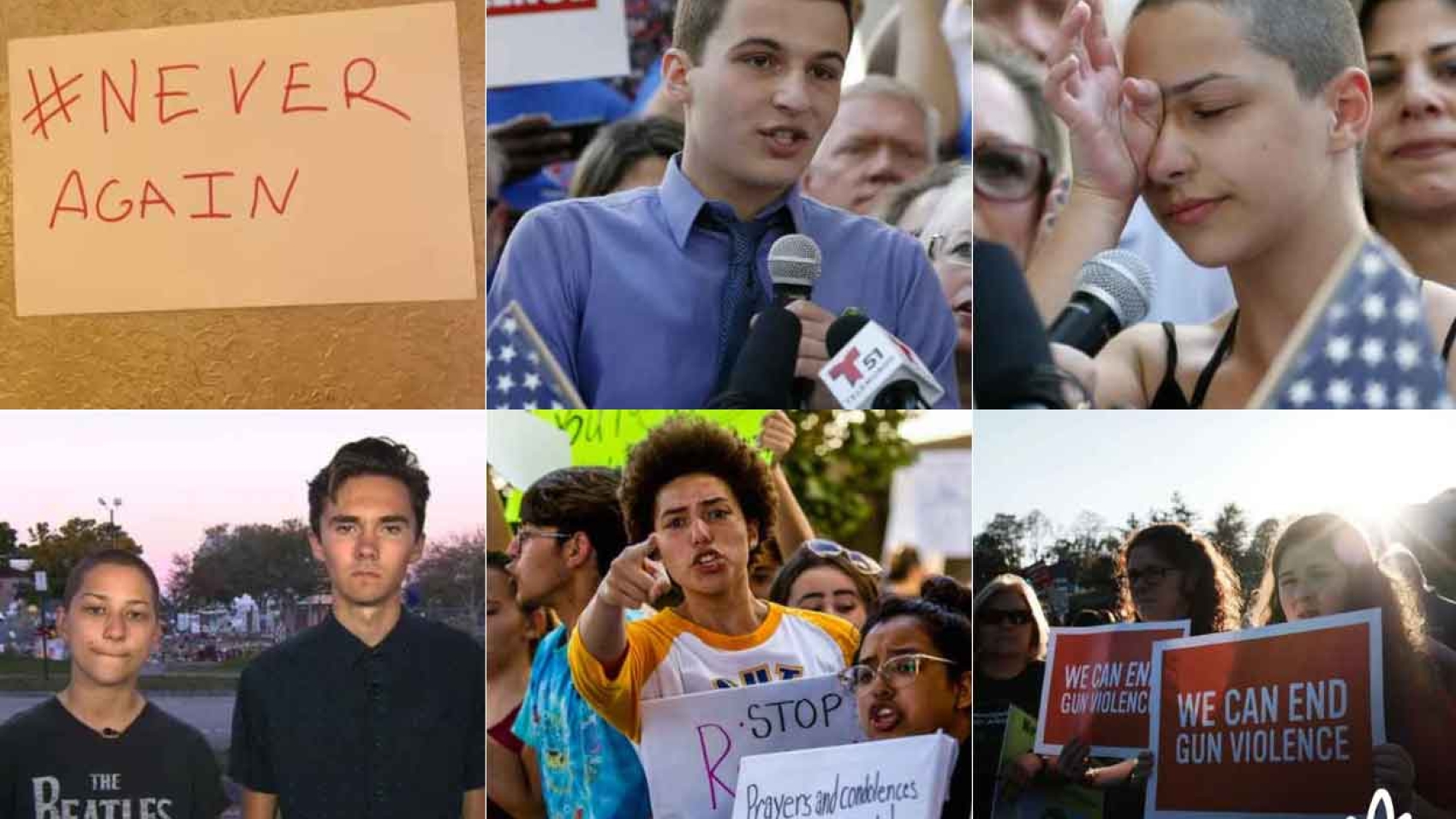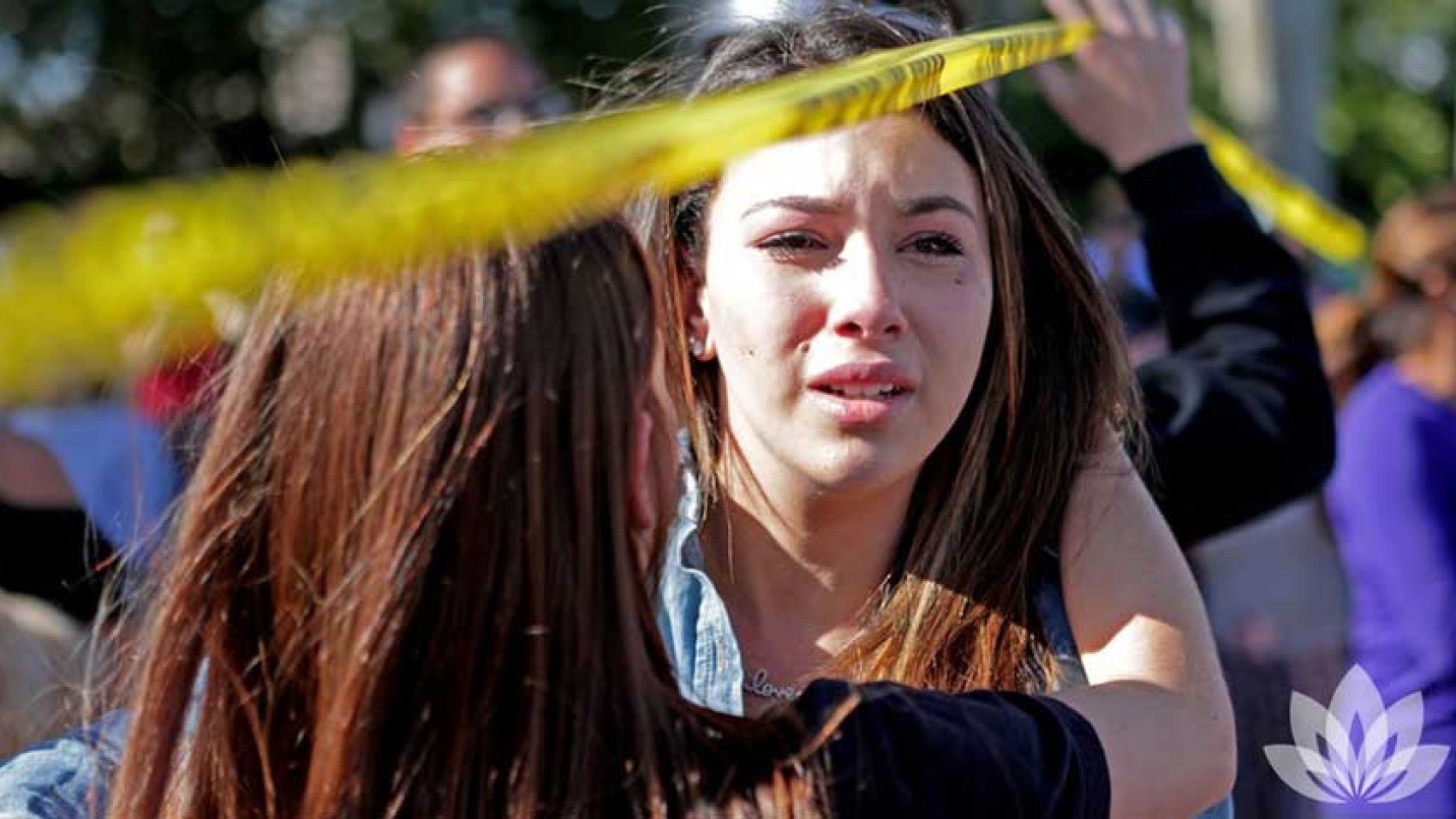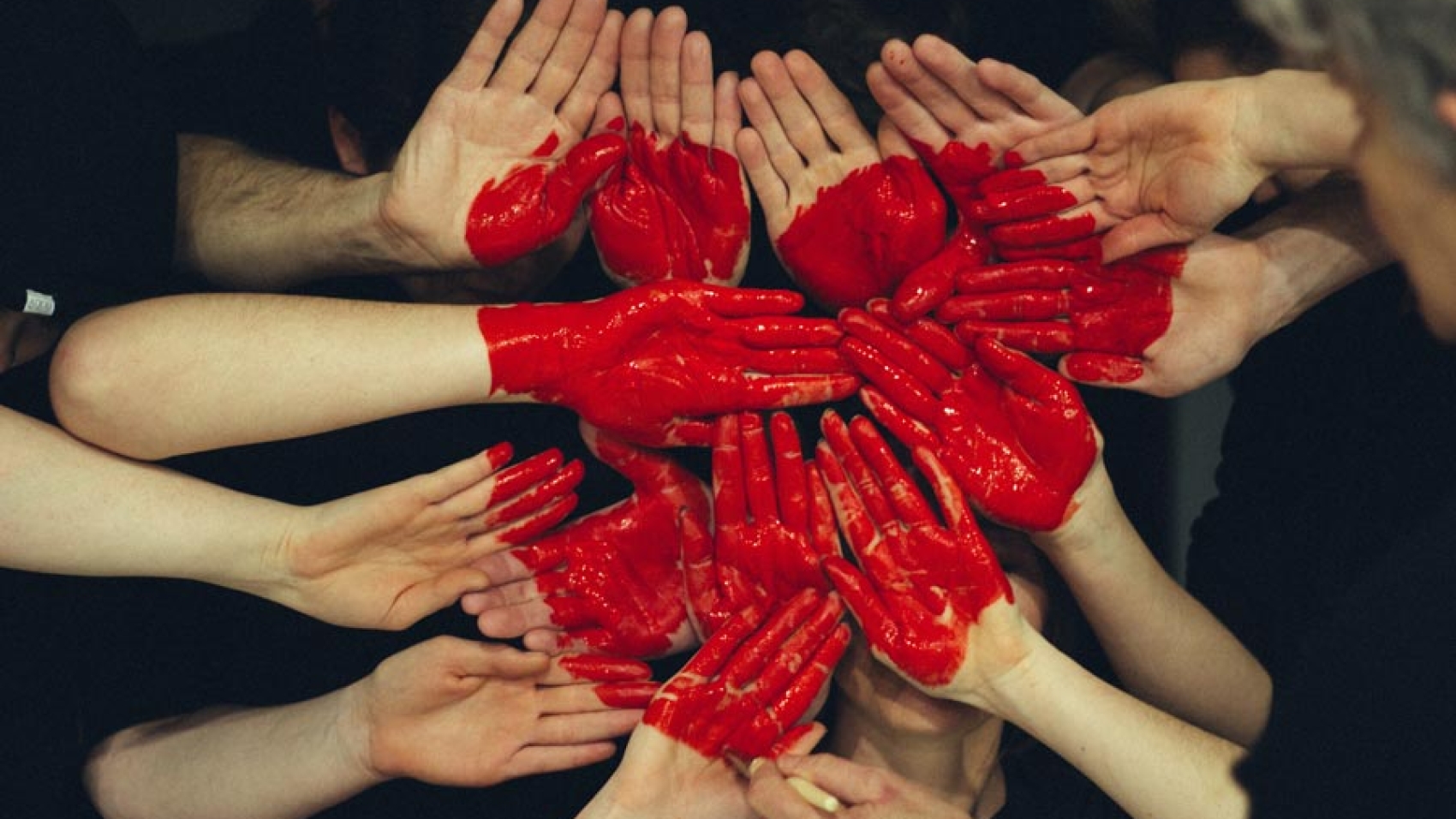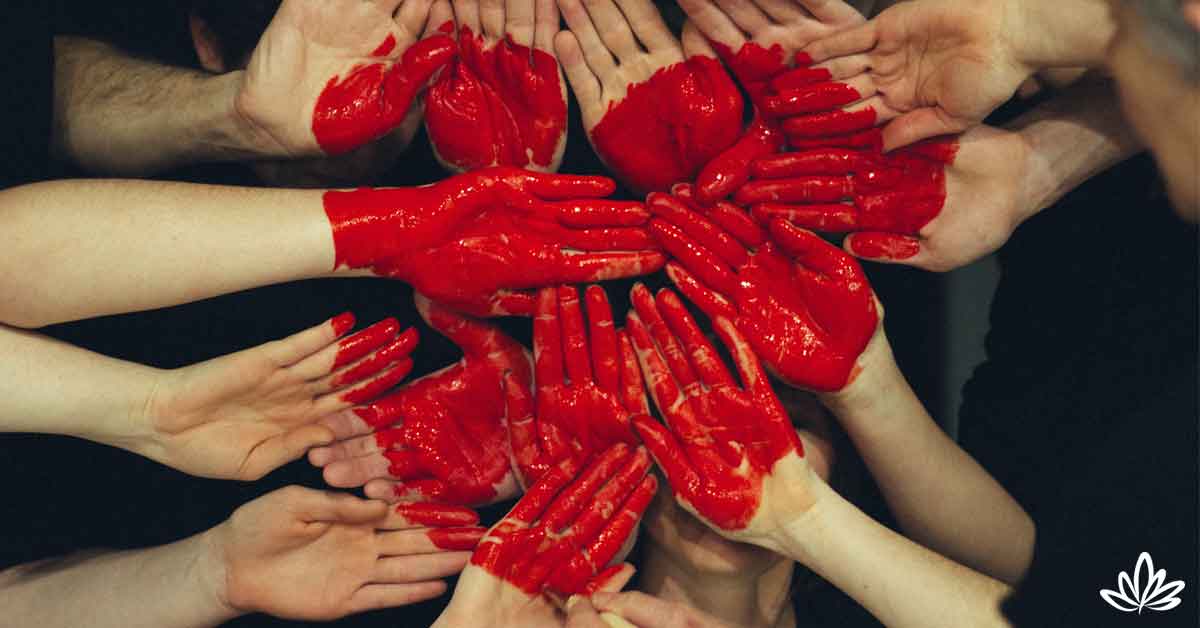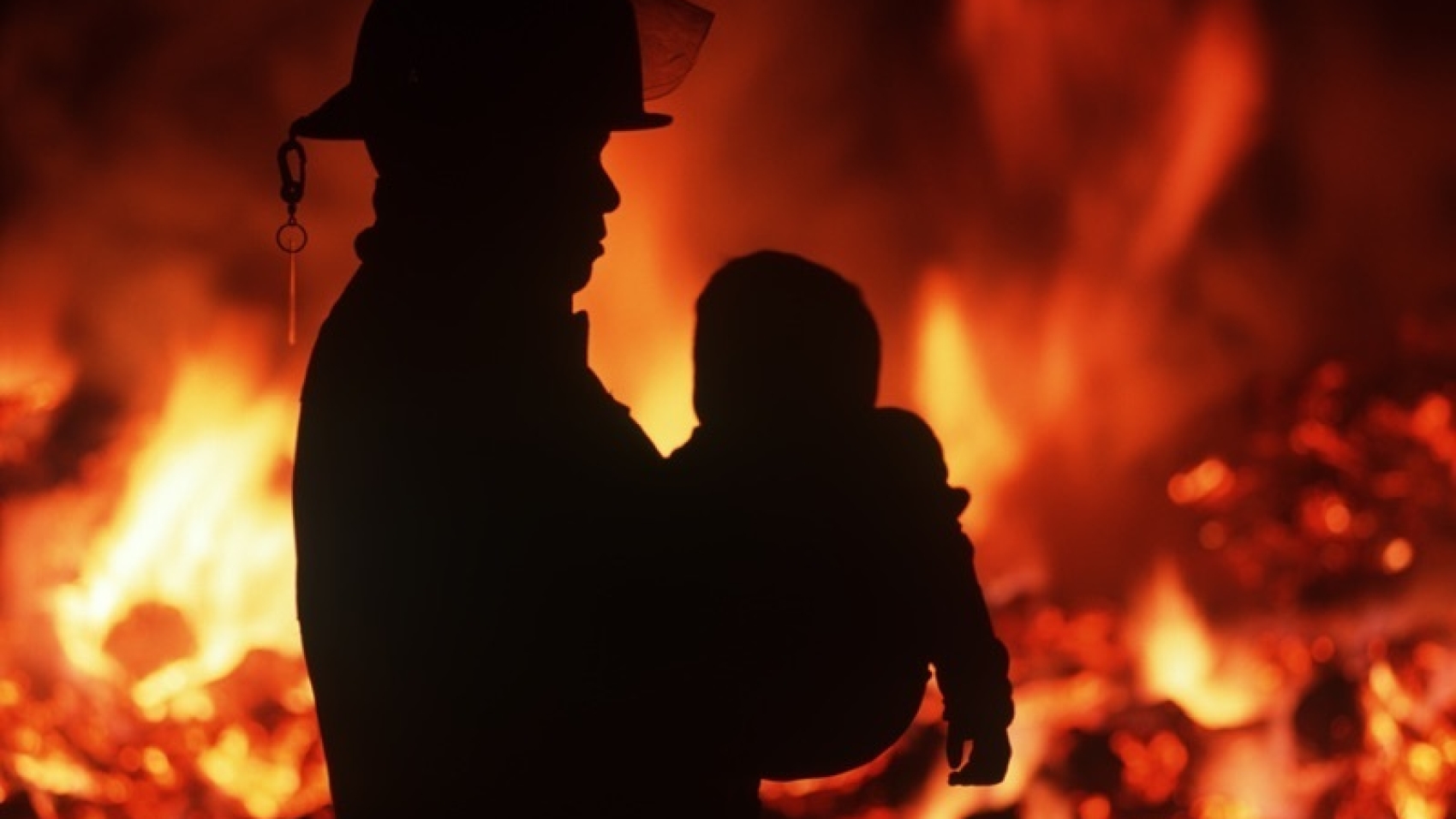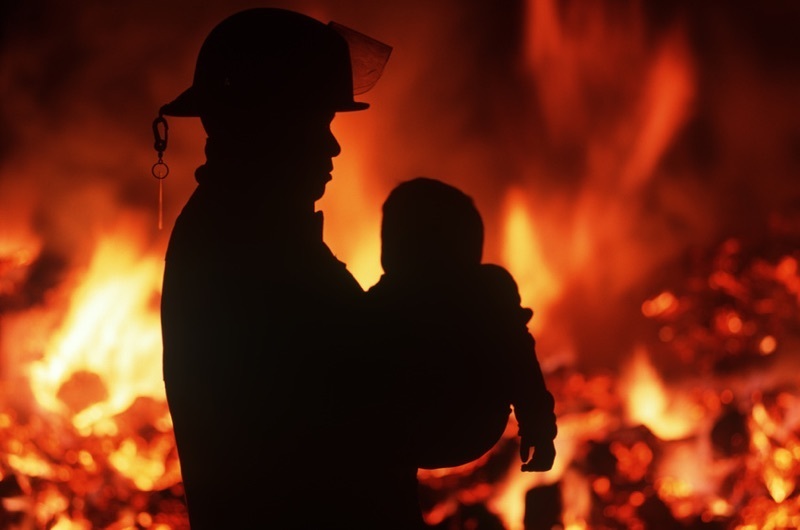Torture isn’t – or at least shouldn’t be – a political hot potato. Unfortunately, it is. Again.
I’ve always believed that when it comes to the subject of torture, the right and wrong of it, the complicated legal and illegal nuances, and its immoral consequences, all make torture a topic better reserved for the pulpit. (In saying that, by no means was ‘bully’ unintentionally omitted from ‘pulpit.’)
Torture is against the law in the United States and rightfully outlawed internationally by the Geneva Convention. At long last, people of nearly every political persuasion around the world have come to accept that fact. Consider it cultural progress of sorts, although such progress is at best precarious.
Our spiritual and religious leaders have made the condemnation of torture central to their message, not just for centuries, but for millennia. Ironically, although we can’t seem to find common agreement on nearly anything these days, we can at least agree on the very righteousness of the admonishments against torture found in the Bible, the Torah, and the Koran.
It’s easy to understand because torture doesn’t protect and enhance our humanity, it does just the opposite.
Torture doesn’t strengthen us, it debases us.
Torture strikes deeply at our moral fiber, undermining it and bringing us down collectively.
Torture dehumanizes us at time when humanity seems under attack from all quarters and leaves us all to wonder how much may one day be too much, to repel or recover from.
Interestingly, military and intelligence experts add yet another defining point of view: these experts found torture as an interrogation technique to be ineffective, in addition to everything else.
In fact, many of the staunchest opponents of torture are revered elected officials of both parties, and a few honored war heroes. Like Arizona Senator John McCain, whose years of torture during his captivity in Vietnam allow him an inarguably unique perspective and the right to speak with true authority on the subject.
We have every reason to be culturally uncomfortable and morally queasy about torture and wise to never drop our guard to its seductive evil.
On the national stage, torture in politics refuses to be ignored. It’s not returning to the conversation, because the truth is, it never left.
The president of the United States is on record as supporting torture on some levels. On January 27 of last year, he repeated his belief in the effectiveness of “enhanced interrogation,” aka waterboarding: “I happen to feel that it does work,” referring to “torture or waterboarding or however you want to define it — enhanced interrogation I guess would be a word.”
Military experts and neuro-research counter that claim, and no less than Mike Pompeo, currently the nominee for Secretary of State, opposed it in his confirmation hearing last year to head the CIA, saying he would “absolutely not” revive the agency’s use of the practice of “enhanced interrogation,” which included waterboarding and other inhumane treatment.
And recent developments attest to our arriving at yet another critical threshold moment. Further muddying the already murky waters, the president’s choice to become the new head of the Central Intelligence Agency is, at long last, a woman. However, there are conflicting reports coming from credible sources on both sides about Gina Haspel and her history with torture.
In fairness, these reports make her actual position on torture unclear. I make no attempt to pre-judge Ms. Haspel but insist on the truth of her history in this area because so much is at stake. The Guardian, in a March 16 article quotes CIA sources that accuse her of administering torture during past assignments, along with similar reporting in the Atlantic, the New York Times and many other sources. On the same day, however, NPR published a story retracting their earlier story making claims to that effect. For now, we can’t know what to believe, what’s true or false, but it’s clear we need to know more.
Our legislators in Washington owe the American people complete transparency on this subject. As a culture we simply can’t go down this road again. Shades of grey here are simply unacceptable. Let’s face it; not only is there ample reason to fear our standard on torture, i.e., that it is illegal and unacceptable, could change in a heartbeat, but there is mounting evidence to suggest it already has.
Before #MeToo-ers, myself included, celebrate what might otherwise be a victory of sorts, we all need to take a deep breath, step back and consider this sobering detail. We must know for a fact whether the woman eyed as our next CIA leader, although inarguably qualified, given her service and intelligence experience, may bring cultural baggage to the job.
If, as some attest, that during years after 9-11 when torture was morally abhorrent but at the time mistakenly thought to be legal, she expertly administered one of the infamous offshore dark-ops prison facilities where those darker arts were expertly practiced, we would need to look more closely, as this is definitely not the kind of expertise we want at the helm of our government’s intelligence agency.
Take a moment and write directly to your legislative representatives and be part of the conversation; you will be most effective by contacting legislators who represent you personally. Consider contacting your representatives through social media sites like Facebook and Twitter. Be clear about what action you’d like your legislator to take; they are there to serve you.
Click here to find your representatives.
You can also simply call the U.S. Capitol Switchboard at 202.224.3121, and you will be promptly connected with the correct office.
As Americans we’re better than this. We must be.
